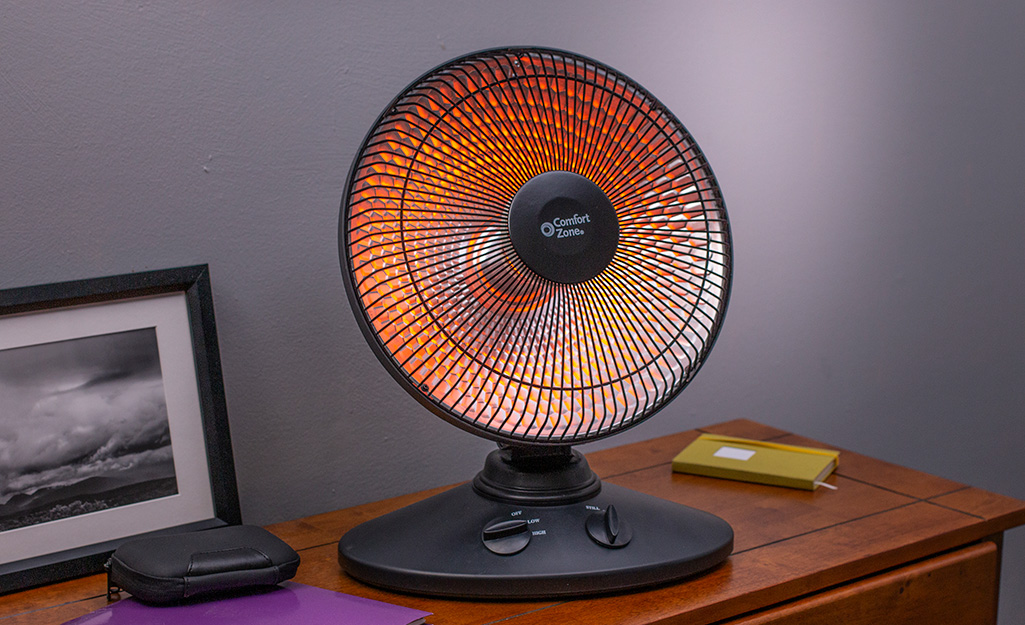1 Source Portable Air Things To Know Before You Buy
Table of ContentsThe 10-Minute Rule for 1 Source Portable AirNot known Details About 1 Source Portable Air 5 Easy Facts About 1 Source Portable Air DescribedHow 1 Source Portable Air can Save You Time, Stress, and Money.Our 1 Source Portable Air Ideas
Running prices are based upon a power price of 40c/kWh. The expenses for 3 months' usage in winter season are based on 500 hours utilize, or about 6 hours daily for 3 months. Optimum heat result is based on the maximum electrical power of the models we have actually tested (we focus on greater electrical power heating systems).
On average, small fan heating units are much less pricey to purchase, however can have greater running expenses. Oil column heating systems will certainly be the most inexpensive on the market to run (on average) however just by a slim margin ahead of convection heating systems (like panel and micathermic panels).
Little Known Questions About 1 Source Portable Air.
If you have a reversible ceiling fan, it'll assist spread the warm around the area more evenly. A number of expensive heaters have stopped working to thrill our testers, while some less costly designs make for surprisingly excellent buys.
As the name suggests, they emit heat from a red-hot burner (so the household will need to take turns sitting in front of it). There are flooring and wall-mounted models offered. Radiant heating units are reasonably economical. They have a cosy radiance and personal warming result, like resting in front of a fire.
The reasonably exposed burner can be a fire and safety and security threat. For instance, an item of garments dropped over it may ignite, or children playing around a floor version might burn themselves, so take care. Glowing heating units typically cost between $20 and $200. Oil-filled column heaters do not actually burn oil they utilize electrical energy to heat the oil that's secured inside their columns or 'fins'.
The Facts About 1 Source Portable Air Uncovered
Some column heating systems aren't even oil-filled but rather make use of various other material or home heating innovation to work the exact same method - 1 Source Portable Air. The risk of fire with an oil column heating unit is reduced compared to various other heating system kinds, however never ever zero. Oil heating you can look here systems do not have subjected elements like radiant heating systems do, and their surface temperature is less than several other heating unit kinds (their large surface makes up for it)
Oil column heating systems won't explode, and while they do not burn their oil to create warm, it's still combustible, so there is a fire threat if the oil leaks, if the heating system topple and leakages, or if flammable items or material enter get in touch with or fall on the heating unit. You should work out the same level of care with oil heaters when it comes to various other heater kinds, and never hang towels or garments over one to dry them use a drying shelf rather, at the very least one metre away.
Column heating systems are specifically beneficial in rooms where they'll be activated for lengthy periods of time or where they'll run neglected, such as over night in a room. The surface areas you're most likely to discuss a column heater don't navigate to this website obtain as hot as various other kinds of electrical heating units. You can utilize a ceiling follower on extremely low rate to aid the column heating system to disperse the heat faster and more evenly.
Oil-filled column heating units normally set you back in between $50 and $450. Convection and panel heating units draw cold air over an electric home heating element.
1 Source Portable Air Things To Know Before You Get This

Convection and panel heaters are extra portable than their oil-filled column heating unit counterparts due to the fact that they're considerably lighter. They'll heat up the air in an area equally and swiftly. Like a column heater, you can make use of a ceiling follower on extremely reduced speed to disperse the warmth much faster and more equally. Some Visit This Link designs, specifically panel heating systems, are comparatively costly to buy.

What Does 1 Source Portable Air Mean?
Fan heating systems are often smaller sized and extra mobile than other electrical heating systems. They also come in the form of tower follower heating units, which can be better for dispersing warmth around larger spaces as a result of their taller account. They can heat the air in an area extra swiftly, uniformly and rapidly than a few other heating system types.
Fan heating systems (ceramic or otherwise) usually expense in between $60 and $900. Ceramic follower heaters aren't necessarily any type of different in cost to non-ceramic designs.